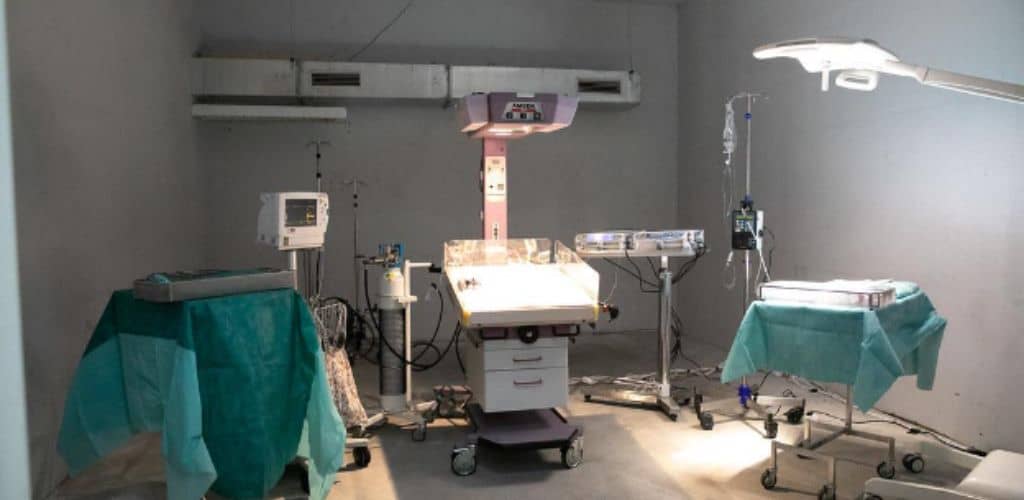The Federal Circuit has affirmed a grant of summary judgment that the asserted claims of a patent are barred because the device sought to be patented was demonstrated at a trade show.
Minerva Surgical, Inc. v. Hologic, Inc., No. 2021-2246 (Fed. Cir. Feb. 15, 2023), involved surgical devices for endometrial ablation used to stop or reduce abnormal uterine bleeding.
The application for U.S. Patent No. 9,186,208 (the “’208 patent”) was filed on November 2, 2012, and claims a priority date of November 7, 2011.
In 2017, Minerva Surgical, Inc. sued Hologic, Inc. and Cytyc Surgical Products, LLC in the District of Delaware for infringement of the patent.
As the court noted,
According to Hologic, on November 16–19, 2009—more than a year before the ’208 patent’s priority date—Minerva brought a device called “Aurora” to the 38th Global Congress of Minimally Invasive Gynecology sponsored by the American Association of Gynecologic Laparoscopists (“AAGL 2009”). Hologic asserted that the Aurora device disclosed every limitation of the asserted claims and that the asserted claims were therefore invalid as anticipated by Minerva’s own device.
The AAGL was an industry event called, by Minerva’s then-CEO and the inventor of the device, “the Super Bowl of [the] industry.”
On November 19, 2009, the Chairman of Minerva’s Medical Advisory Board gave a presentation at the AAGL discussing the Aurora device.
Minerva also provided an “Investigator’s Brochure” dated November 20, 2009—a day after AAGL 2009—providing a detailed description of the Aurora device and identifying its frame elements.
The district court granted summary judgment that the asserted claims were anticipated under the public use bar.
As the court explained,
Under the public use bar, “[a] person shall be entitled a patent unless . . . the invention was . . . in public use . . . in this country, more than one year prior to the date of the application for patent in the United States.” Pre-AIA 35 U.S.C. § 102(b). “The public use bar is triggered ‘where, before the critical date, the invention is [(1)] in public use and [(2)] ready for patenting.’”
The “in public use” element is met if the invention “was accessible to the public or was commercially exploited” by the inventor.
For example,
An invention is in public use if it is shown to or used by an individual other than the inventor under no limitation, restriction, or obligation of confidentiality.
“Ready for patenting” can be shown in at least two ways:
The first way is “by proof of reduction to practice before the critical date.” … “Reduction to practice occurs if the claimant had possession of the subject matter of the [claim] and . . . it was shown or known to work for its intended purpose.”
The second way is by proof that prior to the critical date the inventor had prepared drawings or other descriptions of the invention that were sufficiently specific to enable a person skilled in the art to practice the invention.
For example, CAD drawings and related descriptions can be sufficiently enabling.
The Federal Circuit agreed with the district court that the AAGL constituted the invention being “in public use” for the purposes of § 102(b) because the invention was “shown to . . . individual[s] other than the inventor under no limitation, restriction, or obligation of confidentiality.”
The court also agreed that showing a working prototype showed that the invention was “ready for patenting.”
An important lesson here is that showing a prototype at a trade show, even if it’s not yet in finished form, can start the patent clock ticking.
Just like the haiku above, we like to keep our posts short and sweet. Hopefully, you found this
bite-sized information helpful. If you would like more information, please do not hesitate to
contact us here.


